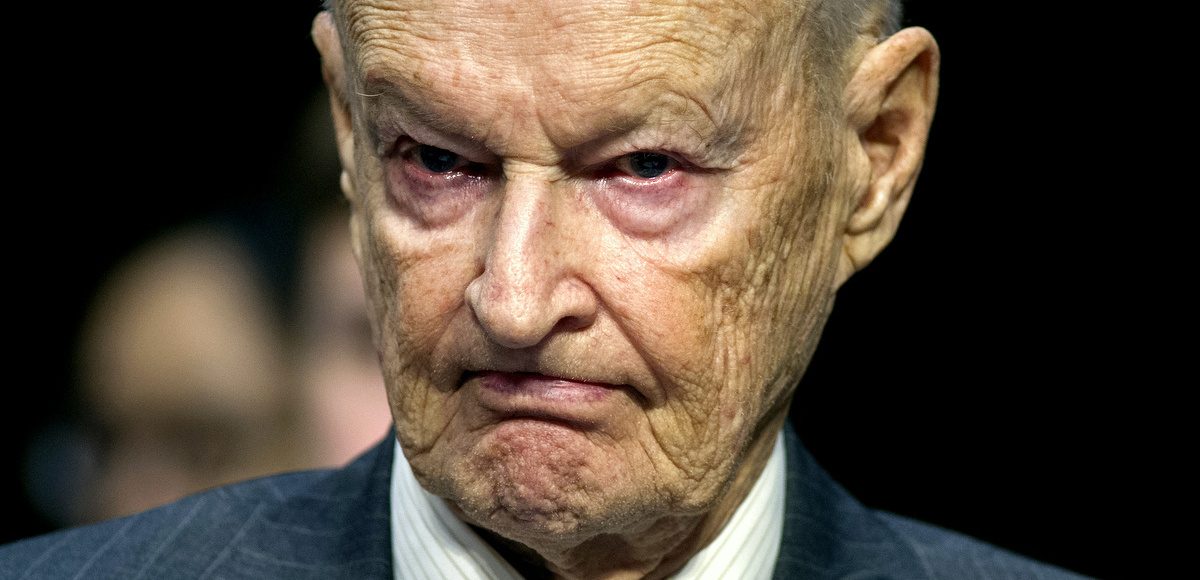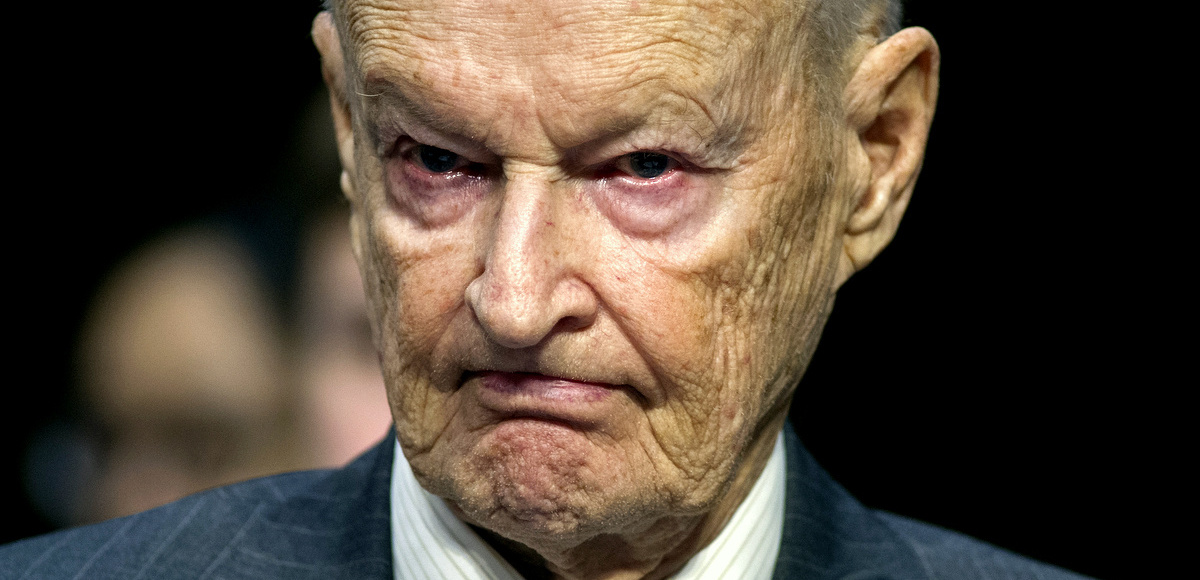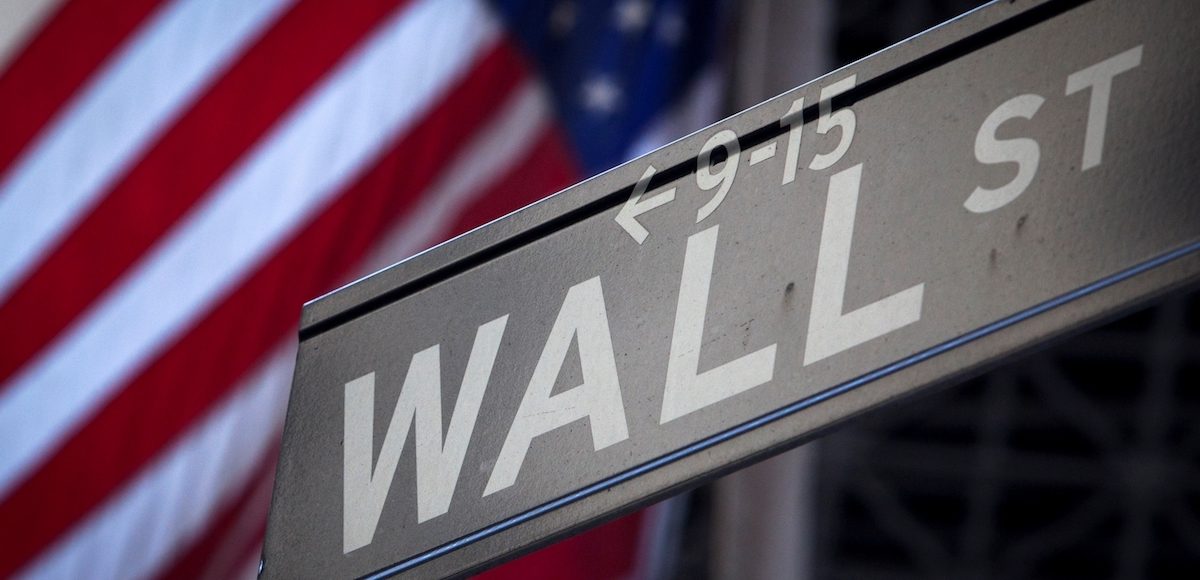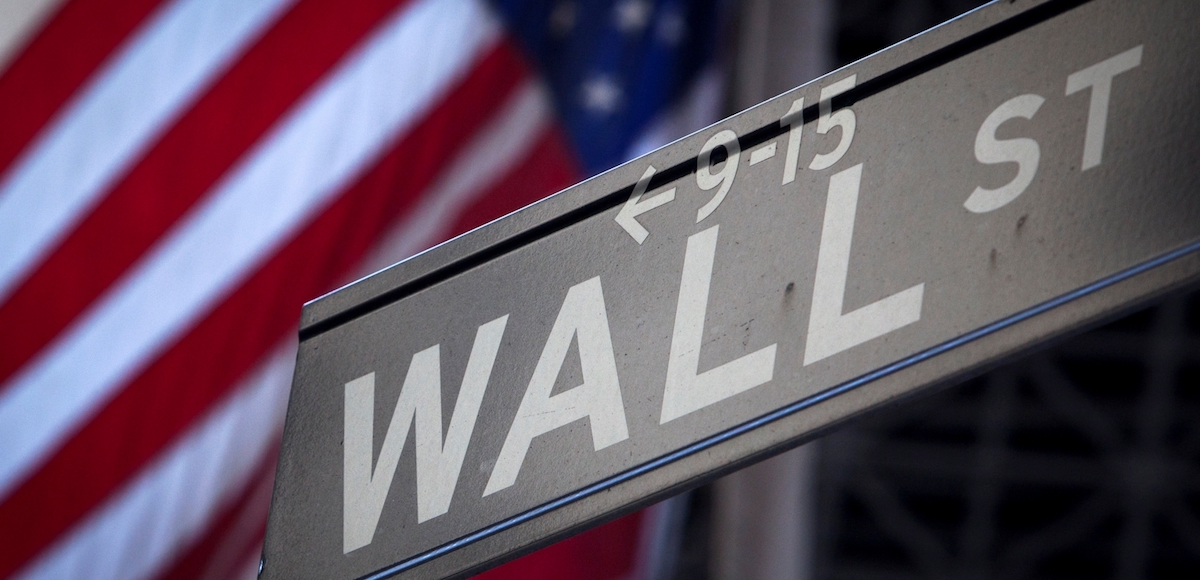S&P Corelogic Case-Shiller Home Price Index (HPI) Beats Expectations
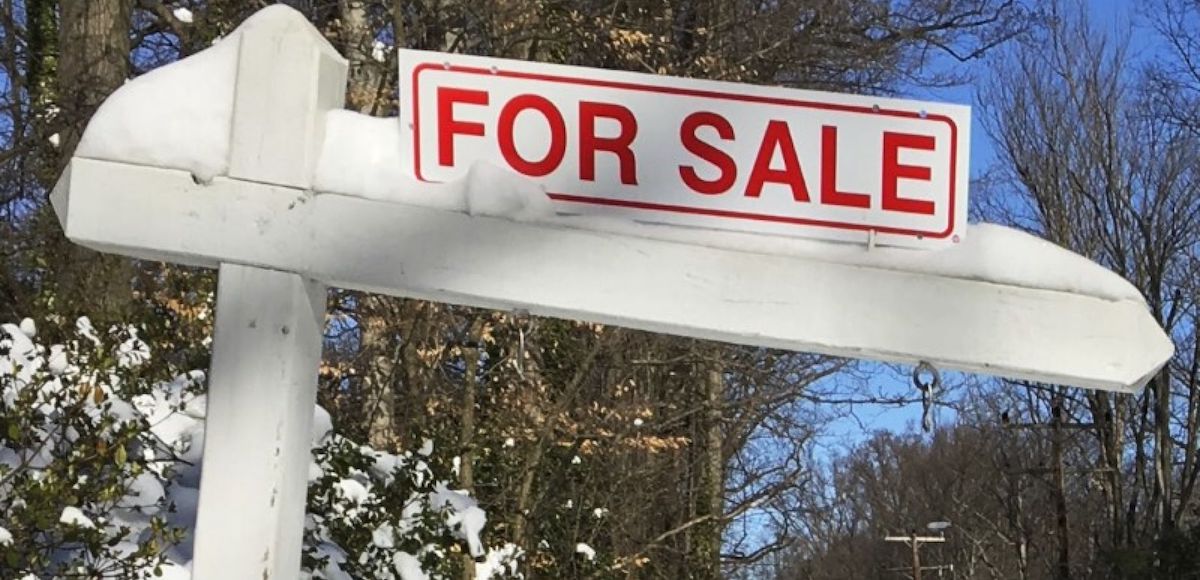
A house-for-sale sign is seen inside the Washington DC Beltway in Annandale, Virginia January 24, 2016. (Photo: Reuters)
The S&P CoreLogic Case-Shiller Home Price Index (HPI) covering 20 metropolitan cities shot up 0.9% in March, topping the median consensus of 0.8%. The latest data follows strong housing demand of 0.7% two reports ago, making the year-on-year rate heading to 6%.
“Home prices continue rising with the S&P Corelogic Case-Shiller National Index up 5.8% in the year ended March, the fastest pace in almost three years,” said David M. Blitzer, Managing Director and Chairman of the Index Committee at S&P Dow Jones Indices. “While there is some regional variation, prices are rising across the U.S. Half of the 20 cities tracked by the S&P Corelogic Case-Shiller indices rose more than 6% from March 2016 to March 2017. The smallest gainof 4.1%, in New York, was roughly double the rate of inflation.”
Seattle, Portland, and Dallas led the way among 20 cities with the highest year-over-year gains. In March, Seattle led the pack with a 12.3% year-over-year price increase, followed by Portland at 9.2% and Dallas with an 8.6% increase. Ten cities reported higher price gains during the year ending March 2017 juxtaposed to the year ending February 2017.
Worth noting, the Federal Housing Finance Agency (FHFA) House Price Index (HPI) is already over 6%, but the consensus for March’s 20-city index, despite a sizable monthly gain, calls for a 0.1% tickdown to 5.8%.
“Sales of both new and existing homes,housing starts and the National Association of Home Builders’sentiment index are all trending higher. Over the last year, analysts suggested that one factor pushing prices higher was the unusually low inventory of homes for sale,” Mr. Blitzer said. “People are staying in their homes longer rather than selling and trading up. If mortgage rates, currently near 4%, rise further,this could determore people from selling and keep pressure on inventories and prices. While prices cannot rise indefinitely, there is no way to tell when rising prices and mortgage rates will force a slowdown in housing.”
TheS&P CoreLogic Case-Shiller Home Price Index (HPI) tracks monthly the value of residential homes in 20 metropolitan regions across the U.S. The composite indexes and regional indexes measure fluctuations in existing home prices and are based on re-sales of single-family homes.
The expanded 20-city measure replaced the original 10-city series, which is still available. A national index is published quarterly.
The S&P CoreLogic Case-Shiller Home Price Index
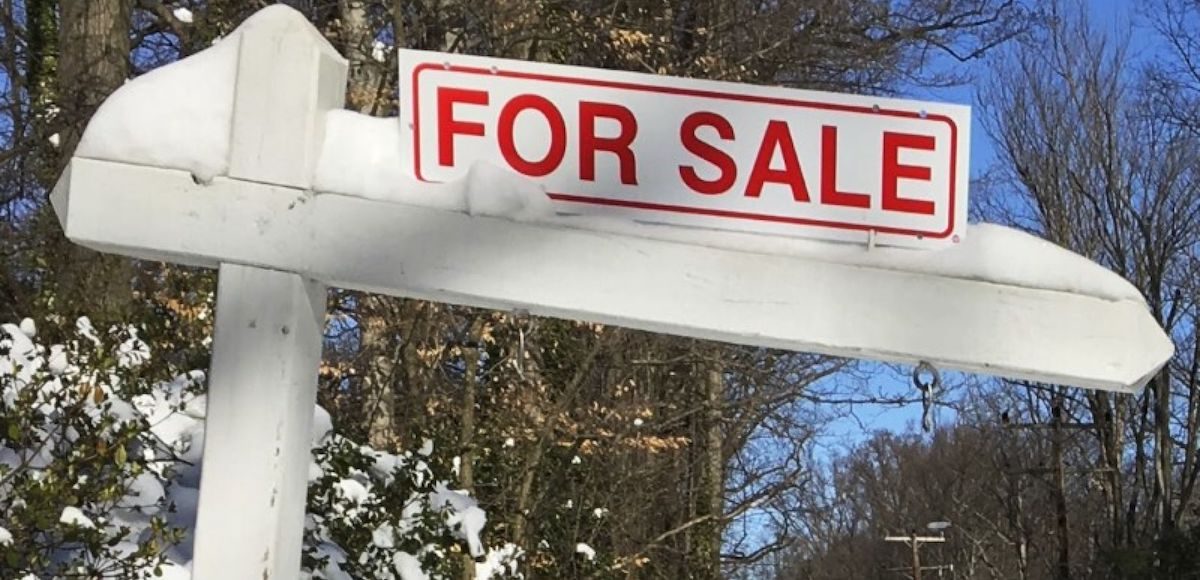
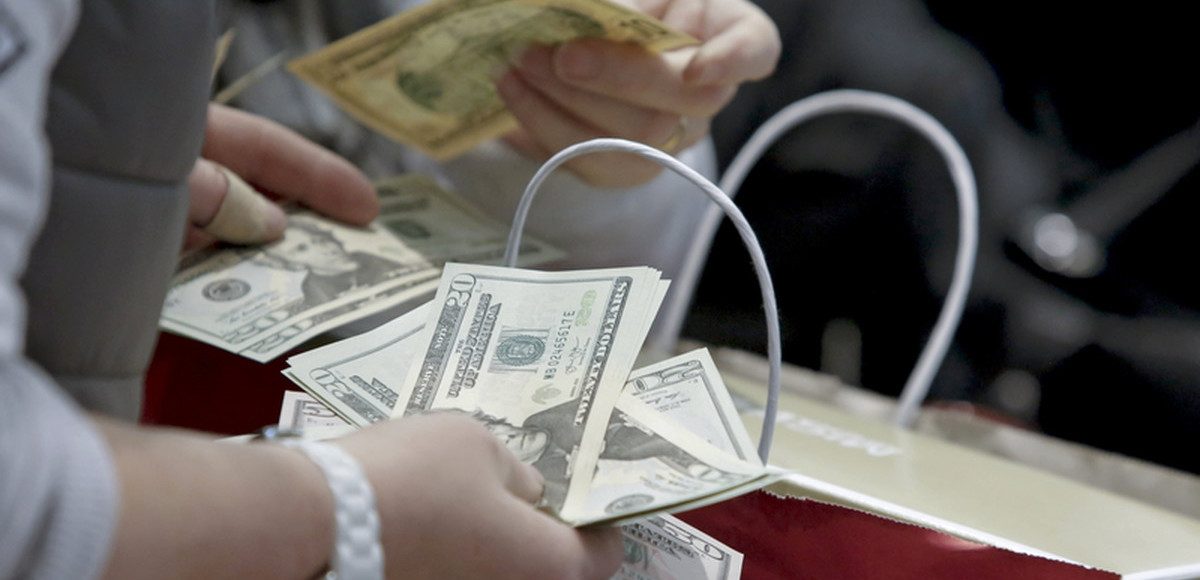
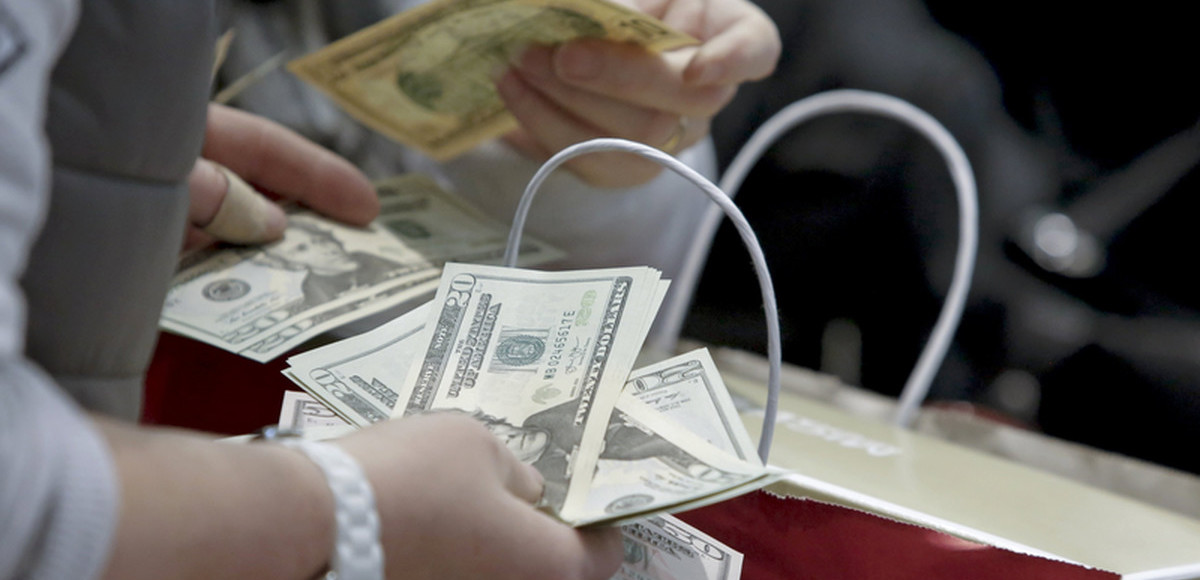
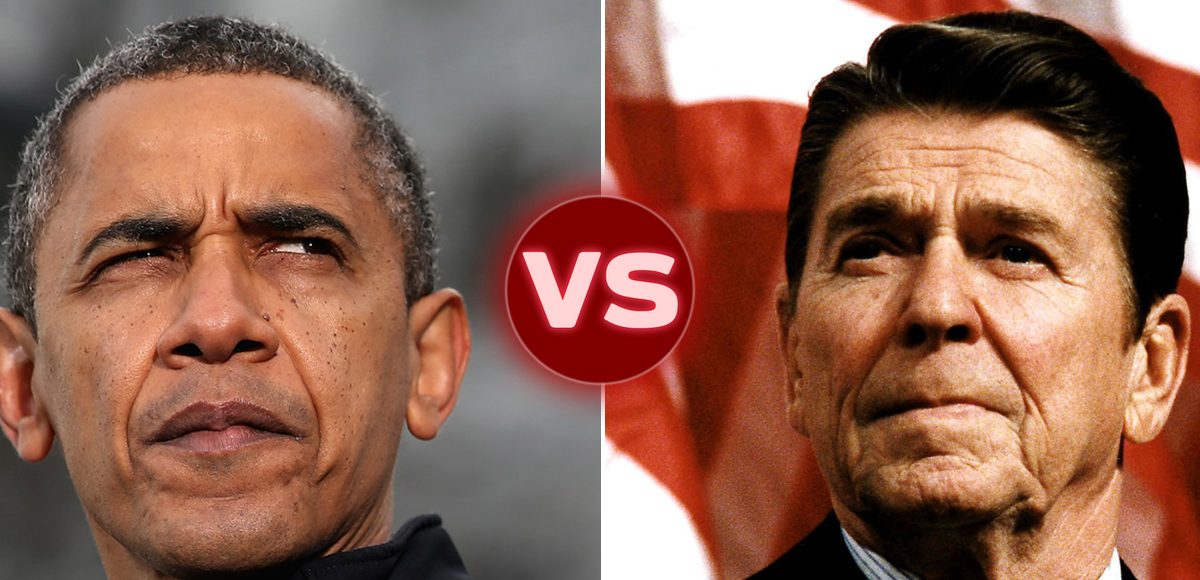
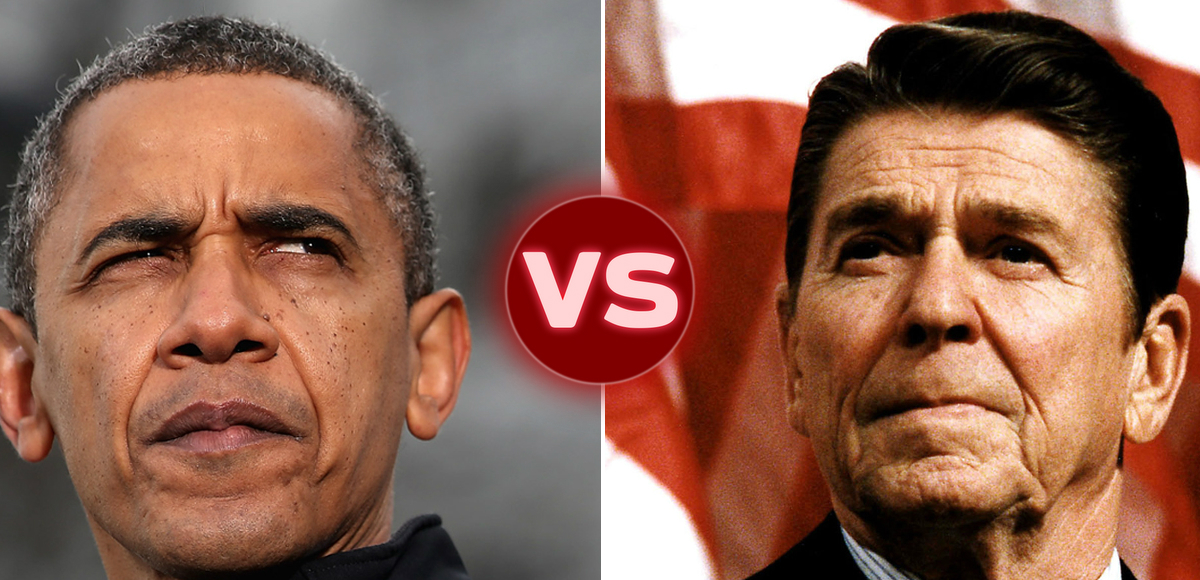
 I’ve generally responded by explaining that Obama was a
I’ve generally responded by explaining that Obama was a 





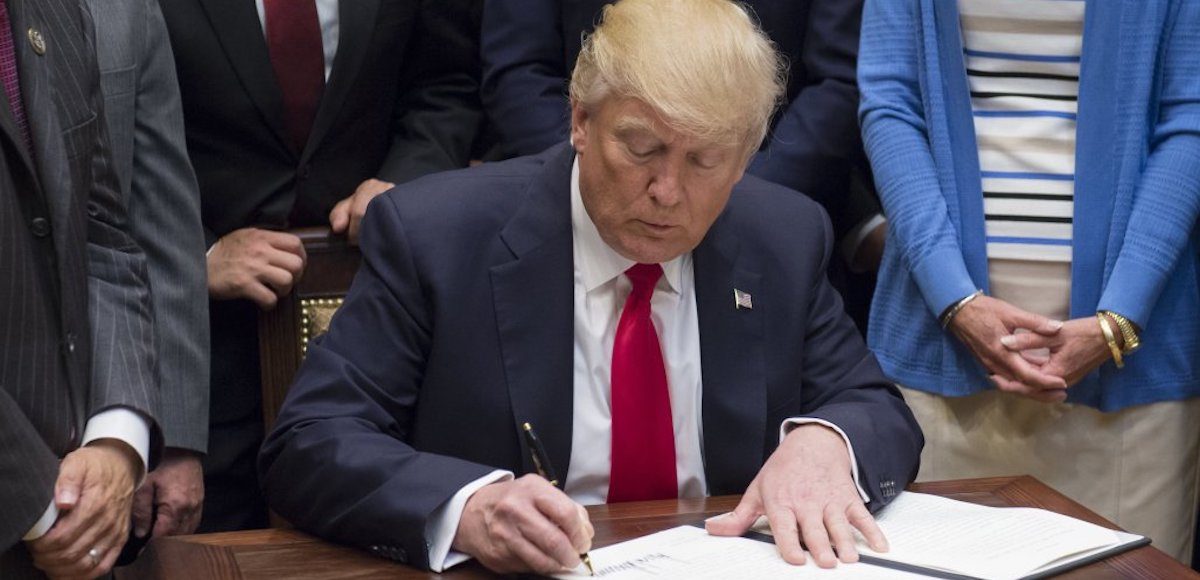
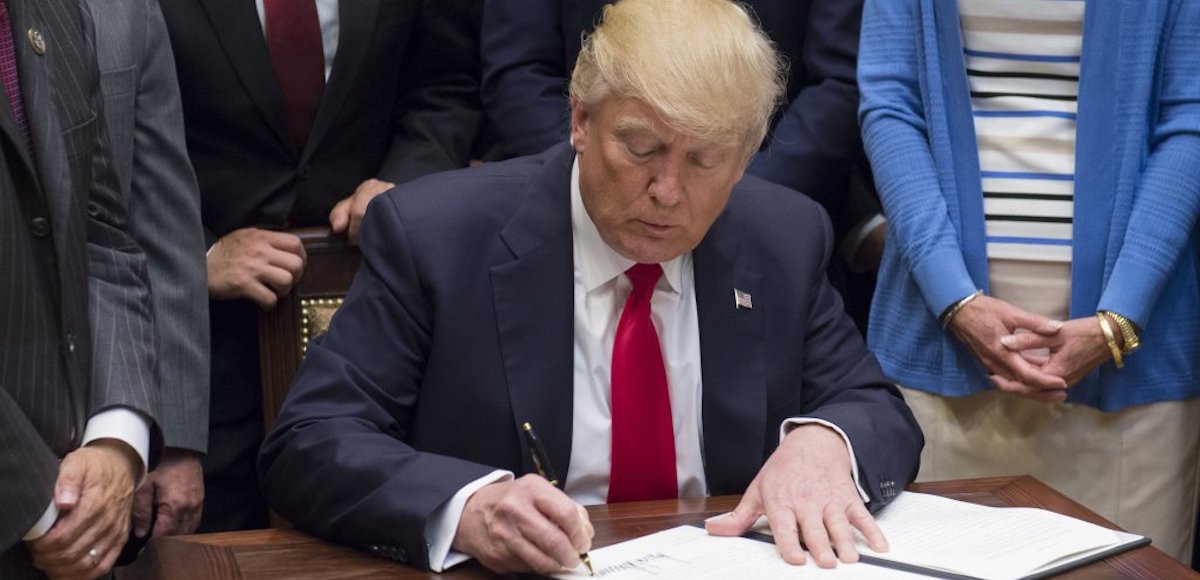
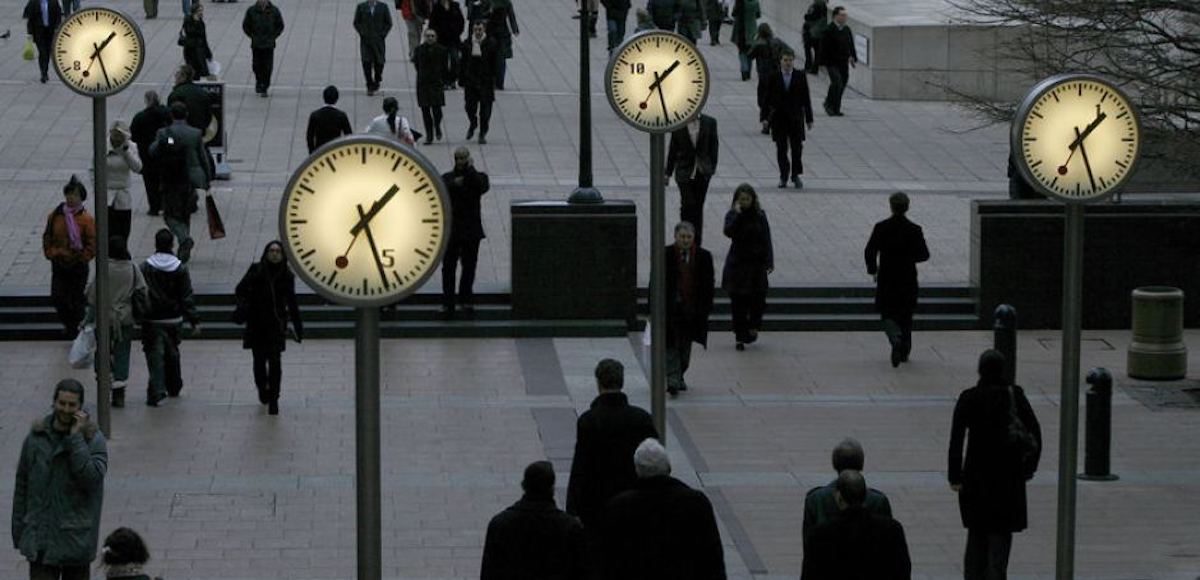
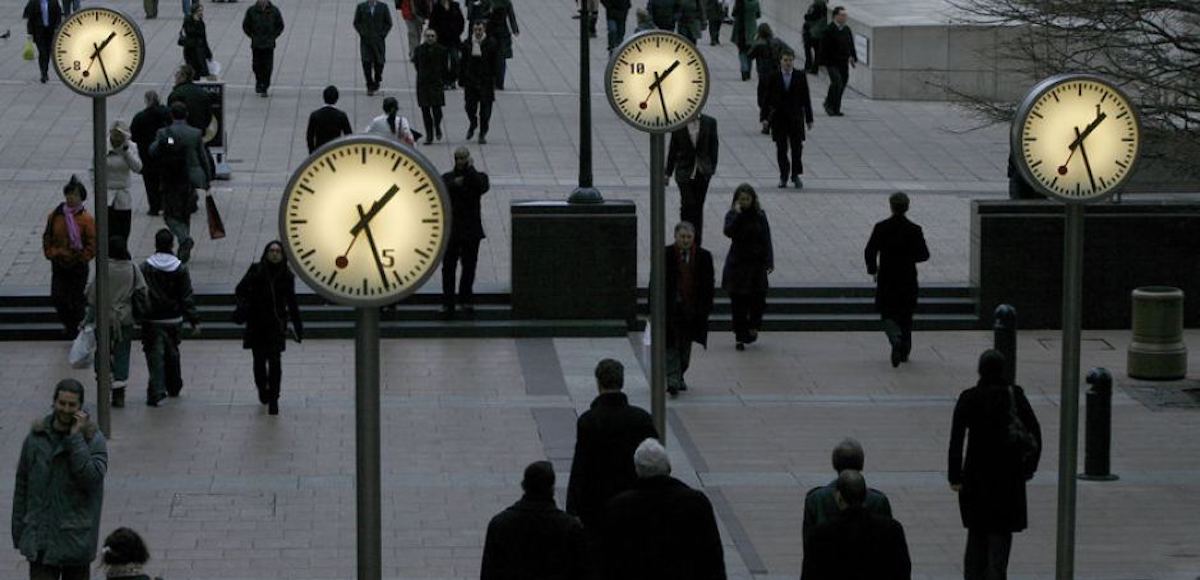
 2. Should the rate be lowered because workers will have
2. Should the rate be lowered because workers will have  That would be
That would be 

